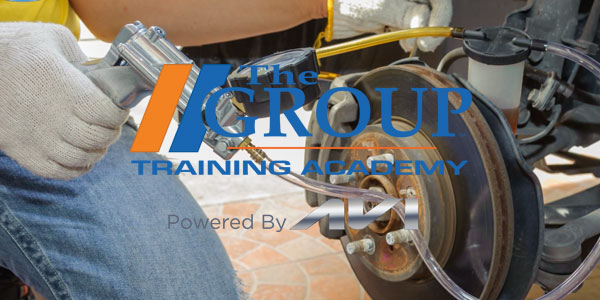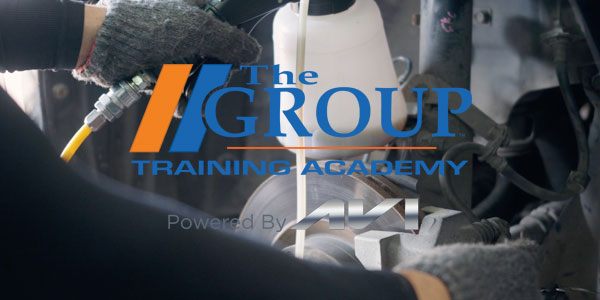By Andrew Markel
Editor, Brake & Front End
It is tough for a technician to know what they are getting when they buy a rotor. If the technician or counter pro goes only on the price on the screen, it is difficult to pick the best rotor.
Design and Engineering
Some rotor manufacturers care only about the external dimensions of a rotor. The engineer wants it to fit and disregards the performance attributes. In the industry, this is called the “round and heavy” philosophy. Some aftermarket rotor manufacturers will take the OE design and make it better in order to exceed customer expectations. Engineers will put in years of research and development and racing in order to develop and manufacture a rotor that can go beyond OE specifications.
Some rotor manufacturers will research and formulate high-temperature and high-strength alloys in order to have the best metallurgical microstructures. Also, they will develop casting and machining processes that maximize certain properties of the metallurgical microstructures.
Casting and Machining
Many cheap castings are poured with the least amount of iron possible. When these are machined at the factory, they are essentially performing a “skin cut” where they remove the least amount of scale and material possible. The outer layer of iron is not as stable as the material underneath. This creates problems with porosity and strength. Eventually, these problems create stress in the rotor leading to distortion. This results in a pulsation complaint.
Some rotors are processed through a controlled heat-treating cycle that relieves internal stress in the rotor and improves the thermal stability and microstructures. According to some manufacturers, this eliminates any need for cryogenically treating a rotor.
A rotor should be mass balanced or it will shake or vibrate. Look at the method used to balance the rotor. Some manufacturers will either place weights in the fins or remove material from the outside diameter of the rotor’s plates.
If the rotor was mill balanced, you will see notches or cuts in the rotor. But, if too much weight is added or removed, it is a direct indication that the rotor has some severe internal problems that are causing this out-of-balance condition. Adding or removing mass can result in the rotor being thermally unbalanced.
As a rotor heats up, the area where the material was removed is different than the surrounding area. The way it absorbs and dissipates heat is changed. This creates stress in the rotor when it is heat cycled on the vehicle. Over time this will cause runout and thickness variation. Some rotors are balanced using a machining technology that mills the rotor concentrically eliminating these problems.
Standards
One standard that can be used to judge some rotors is if the manufacturer is certified by the International Standards Organization (ISO). The aim of ISO is the development of a quality management system that provides for continual improvement, emphasizing defect prevention and the reduction of variation and waste.
ISO/TS 16949 applies to the design/development, production and, when relevant, installation and servicing of automotive-related products.
If a manufacturer follows ISO/TS 16949, the manufacturer can provide you with the following information upon request:
1. Certified metallurgical chemical analysis for every batch poured.
2. Hardness of the brake face in eight places of that batch of rotors.
3. Concentricity of the mounting pilot to the outside diameter should be less than .002”.
4. Micro finish should be less than 35Ra or .7 micro inch.
5. Runout of the brake face to the mounting surface should be less than .001”.
6. Thickness variation of the brake plates should be less than .0003 inches
7. Who performed the machining.
It’s not just how heavy a rotor is or if it will fit. The rotor needs to be properly designed for thermal capacity and superior heat dissipation, and it must be manufactured with precision to meet today’s vehicle requirements.











